5 Tiling Mistakes That Bathroom Pros Always See (and Wish You'd Stop Doing)
Don't let these common errors stand between you and a tiled bathroom masterpiece


Whether you’re a bright color-loving maximalist or a neutral Scandi-style obsessive, there’s a bathroom tiling style that can appeal to any design philosophy. From large format marble slabs to patterned zellige tiles, it can be one of the most exciting design decisions you make when decorating your home — as long as you know the tiling mistakes you must avoid.
While the endless bathroom tiling ideas lure us in, tiling can feel like a high-risk, high-reward design choice. Installation is not always cheap — and if it is, you will likely end up paying the price eventually. From moldy grout to slippery floors, these tiling mistakes aren’t always the easiest to fix, so you’re much better off not taking shortcuts.
No matter how you decide to design your space, poorly done tiling can completely ruin your bathroom. But don't fear — our experts have covered the five most common bathroom tiling mistakes with their advice on how to avoid them, so you don't make the errors yourself.
1. Not Waterproofing

Ceramic and porcelain tiles are great water resistant options for bathroom tiles
Whether you're looking to create a spa bathroom or just upgrading your current space, we wouldn't blame you for assuming bathroom tiles are inherently waterproof — it's a mistake made by many before, and no doubt many to come. However, it is worth knowing that some of the most popular materials are poorly suited to constant exposure to water.
Mike Whitfield, luxury interior expert at LUSSO shares: “Tiles are not automatically water resistant. For example, encaustic tiles made from cement and natural tile, such as marble, are naturally porous. Porous tiles will need to be sealed after installation, compared to ceramic and porcelain tiles which are virtually impervious to water.”
If you haven't already considered porcelain or ceramic tiles, these can be smarter options due to their resistance to water absorption. Mike explains: “As bathrooms are high moisture environments, surfaces are regularly exposed to water, steam, and humidity, you should choose bathroom tiles that have a low water absorption rate of less than 0.5%. Mosaic, terrazzo, and porcelain tiles are a great option for walls as they are designed to resist water, preventing issues such as cracking and mildew growth.”
However, as Farook Member, director, and bathroom design expert at QS Supplies says, "Even ceramic or porcelain can have varying water ratings, so make sure its rating is good before installing it." For minimal risk, and the best results, it's always a good idea to take the extra step and properly waterproof your tiles, even if you think you can get away without it.
"Using a waterproof membrane or cement board behind tiles prevents moisture damage and mold growth," recommends Amanda Leigh and Taylor Hahn from House of Rolison. And Courtney Cole, an interior designer for Tile Cloud says: "Waterproofing is a step that should never be skipped, yet it’s one of the most common mistakes people make."
She continues, "Even the best tile job won’t matter if water seeps into the walls or floors! Make sure that you are properly waterproofing before you start your tiling job."
2. Not Allowing for Slip-Ups

When selecting your bathroom flooring make sure to properly check the materials R rating.
It's not just the material's ability to absorb water that you need to watch out for, the reverse can have equally risky results, especially on your bathroom floor tiles.
"In areas where water exposure is constant, it’s crucial to use tiles with a high anti-slip rating to minimize the risk of accidents," explains Mike. "Opt for tiles specifically designed for wet areas — such as matte porcelain — to provide peace of mind without compromising on luxury, quality, and style."
The risk of slipping on your tiles can be judged based on the R rating — or the more aptly named anti-slip rating. "The R rating, which stands for ramp test, has a varying range. It starts at R9, which has a small degree of slip resistance, up to R13, which is the highest slip resistance," Mike explains. "Not all tiles will have an anti-slip, or R rating — like gloss tiles, for example — and therefore could have a high slip potential meaning they need to be avoided in wetter areas."
As much as you may love the look of a high-shine tile, one slip is all it takes to make you instantly regret your decision. As Courtney puts it: "Polished porcelain might look sleek, but the moment water hits it, you’ll feel like you’re stepping onto an ice rink." No thanks.
Mike is a luxury interiors expert at leading lifestyle and bathroom brand, LUSSO. With over 10 years of experience in the luxury homeware sector and nearly 20 years of experience in e-commerce and online sales, he has a deep understanding of high-quality homes and bathrooms. Additionally, he possesses a great eye for interior design and stays up-to-date with the latest trends.
3. Skipping The Prep Work
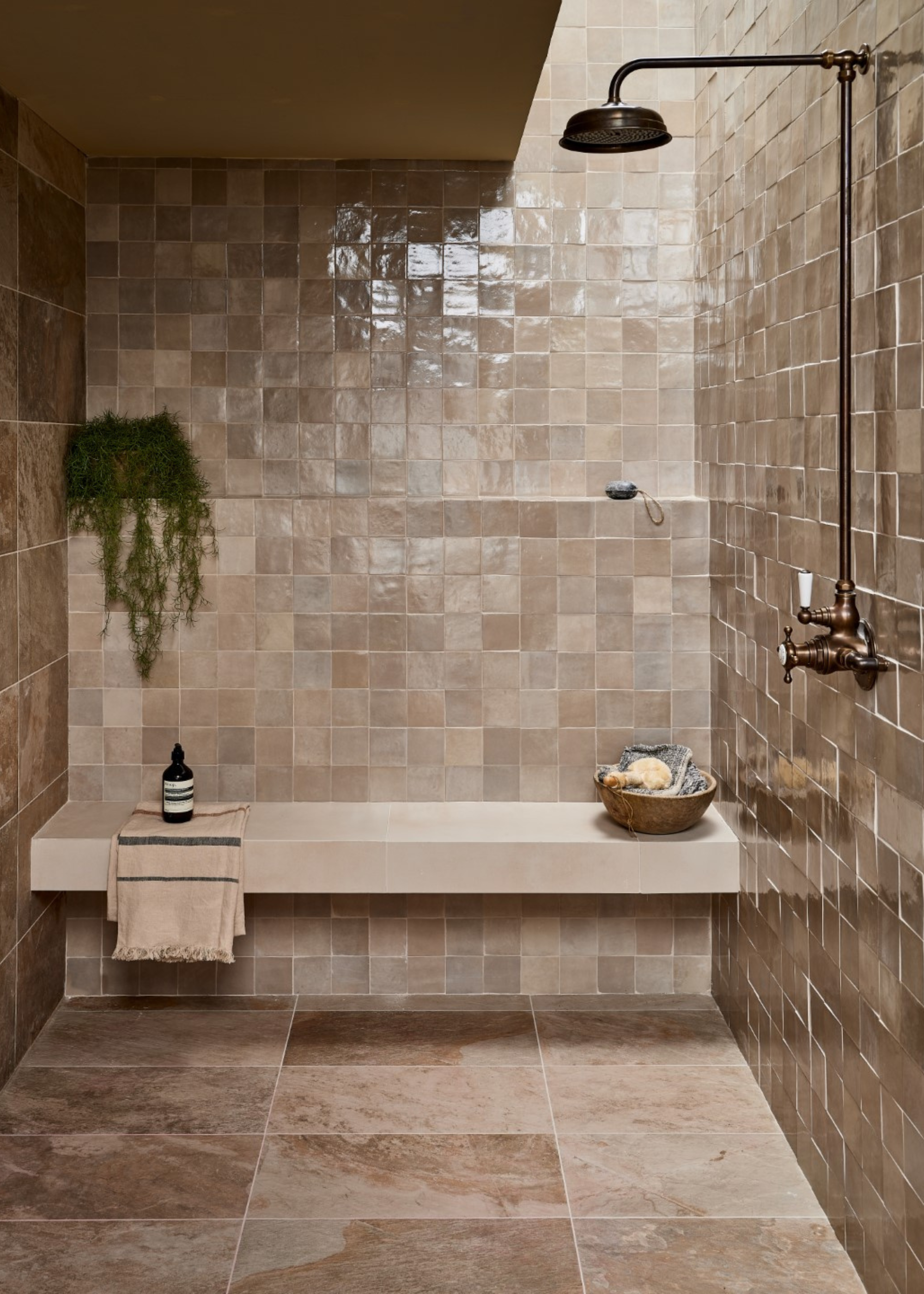
For smooth tiling that lasts, buff your surface down first and ensure it's dust free.
"Many DIY-ers skip prepping surfaces aside from layout," claims Farook. "It can result in issues when tiling on an uneven or weak substrate, where minute defects can result in cracks or weak adhesion later on."
It can be very tempting to try to simplify the process as much as possible, we've all been guilty of skimming over the steps we don't deem as important. However, it's time to put your own experience, or lack thereof, into perspective. We suggest taking some time to learn how to tile a bathroom and taking note of the expert advice before starting.
"Bathroom floors and bathroom walls need to be level, free of dust, and dry to begin tiling on top of them. It is most important around wet areas, such as around the bathtub or shower, because unless you watch out, water will creep behind and make tiles move or result in mold after a while. A good water buffer behind your tiles is not an added process; it is critical to ensuring your investment will endure," explains Farook.
4. Leaving Grout as an Afterthought
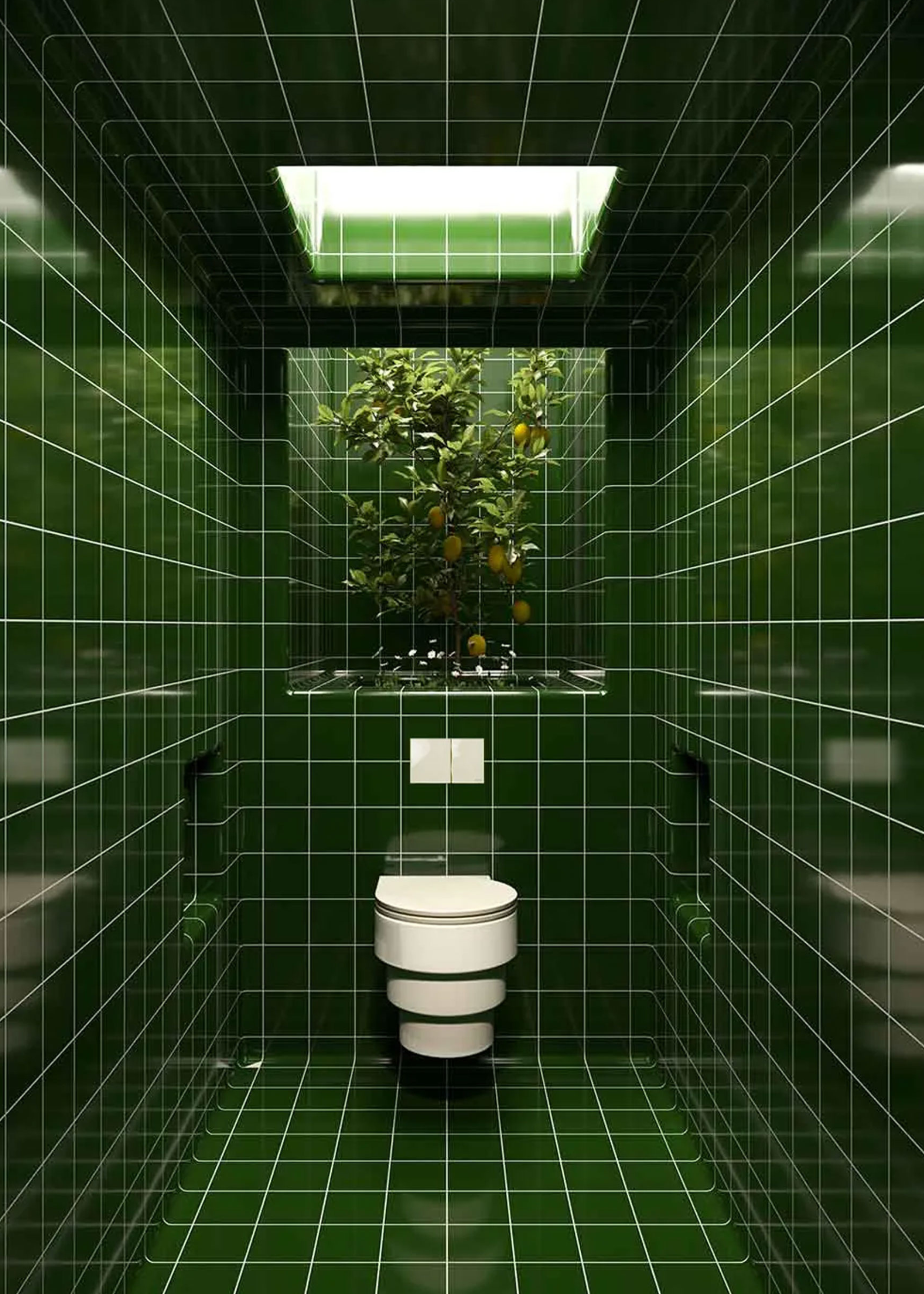
Consider how the color of your tiles will look against the grout you choose, lighter grout can offer a stronger contrast, though it's likely to stain faster.
Often overlooked in planning, grout lines can make or break your tiling job — and you don't want to ruin all your hard work at the last hurdle. Whether the grout is a blobby mess oozing out the cracks, yellowing lines, or growing moldier by the minute, there's plenty of space to get it wrong.
The biggest issue with grouting is that "People only remember after is too late," as Farook says, "After it yellows, cracks, or grows moldy."
It can be tempting to view grout as an afterthought, an accessory to the main attraction, however, as soon as it begins to show faults, it will quickly become the most noticeable feature — and not in a good way. "Not properly closing up grouting or using poor grouting is also a frequent miscalculation that makes things more troublesome afterward," explains Farook.
It's not just the quality of the grout that needs to be considered, you should also take some time to think about the best grout color for bathrooms. As Courtney says, "So many people overlook grout, but the quality and color of the grout you choose will play a huge role in how the bathroom will look over time. For example, a bright white grout might seem like a great idea, but trust me, it won’t stay white for long —especially in a bathroom environment."
Farook agrees: "Light grouting is good-looking but is easy to stain, so if you wish to maintain that fresh appearance, use stain-resistant epoxy grouting or darker grouting that will stain much less readily."
Beyond color and quality, grout thickness is another aspect to pay attention to. "A useful tip is that the grouting should never be too thin," shares Farook. "Many assume thinner is better, but it is easy to break since it is rigid and can't move along with tile movement."
5. Going OTT

Choose grouting that doesn't stand out against the tiles for a more subtle, seamless finish.
Even if you love a maximalist, colorful design, it can be easy to cross the line and overdo it with bathroom tiling. Mike explains: "Using too many colors or different types of tiles can easily overwhelm a space, creating a cluttered appearance." This is especially risky in small bathroom layouts, where you can easily feel suffocated by an overwhelming design.
"As a general rule," Mike says, "stick to no more than two tile styles within a kitchen or bathroom, as this keeps the design visually appealing and allows key elements, like feature walls or splashbacks, to stand out without competing for attention."
He continues: "For bathrooms, selecting one main tile and another for the floor provides a balanced, unified appearance. To create contrast, consider using tiles with a similar color palette but varying textures or finishes rather than introducing new colors."
Now you know the biggest risks to look out for, you can have some fun exploring the latest bathroom tile trends, including our current favorite — tile drenching. Or, if you're looking for more practical information, you may enjoy reading up on which bathroom tile is easiest to clean.
Be The First To Know
The Livingetc newsletters are your inside source for what’s shaping interiors now - and what’s next. Discover trend forecasts, smart style ideas, and curated shopping inspiration that brings design to life. Subscribe today and stay ahead of the curve.

Maya Glantz is a Design Writer at Livingetc, covering all things bathrooms and kitchens. Her background in Art History informed her love of the aesthetic world, and she believes in the importance of finding beauty in the everyday. She recently graduated from City University with a Masters Degree in Magazine Journalism, during which she gained experience writing for various publications, including the Evening Standard. A lover of mid-century style, she can be found endlessly adding to her dream home Pinterest board.
-
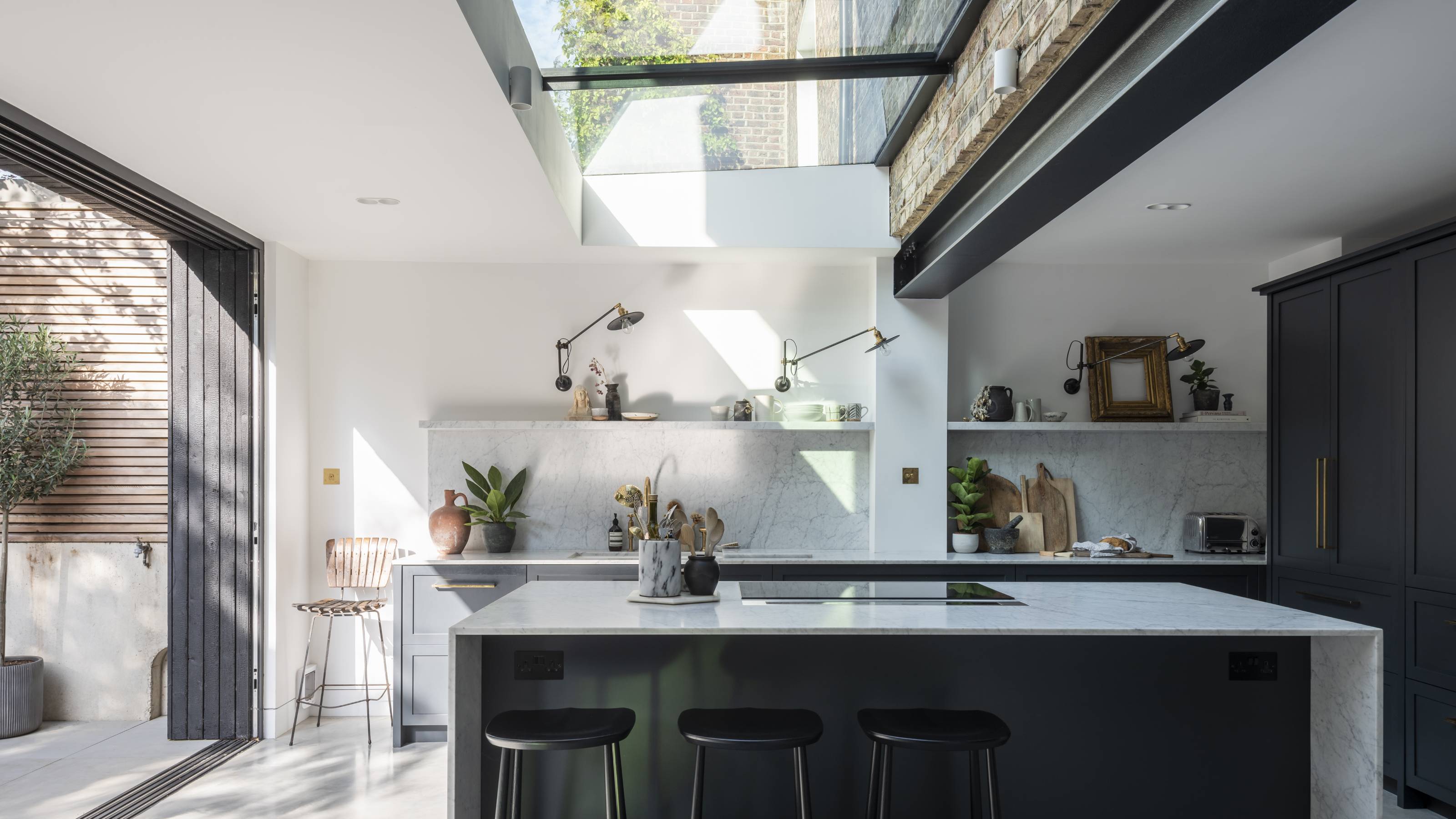 How Much Does an Extension Cost in 2025? Renovation and Design Experts Break Down Your Budget
How Much Does an Extension Cost in 2025? Renovation and Design Experts Break Down Your BudgetExplore how much different types of extensions cost in 2025 to budget for your project accurately
By Amy Reeves Published
-
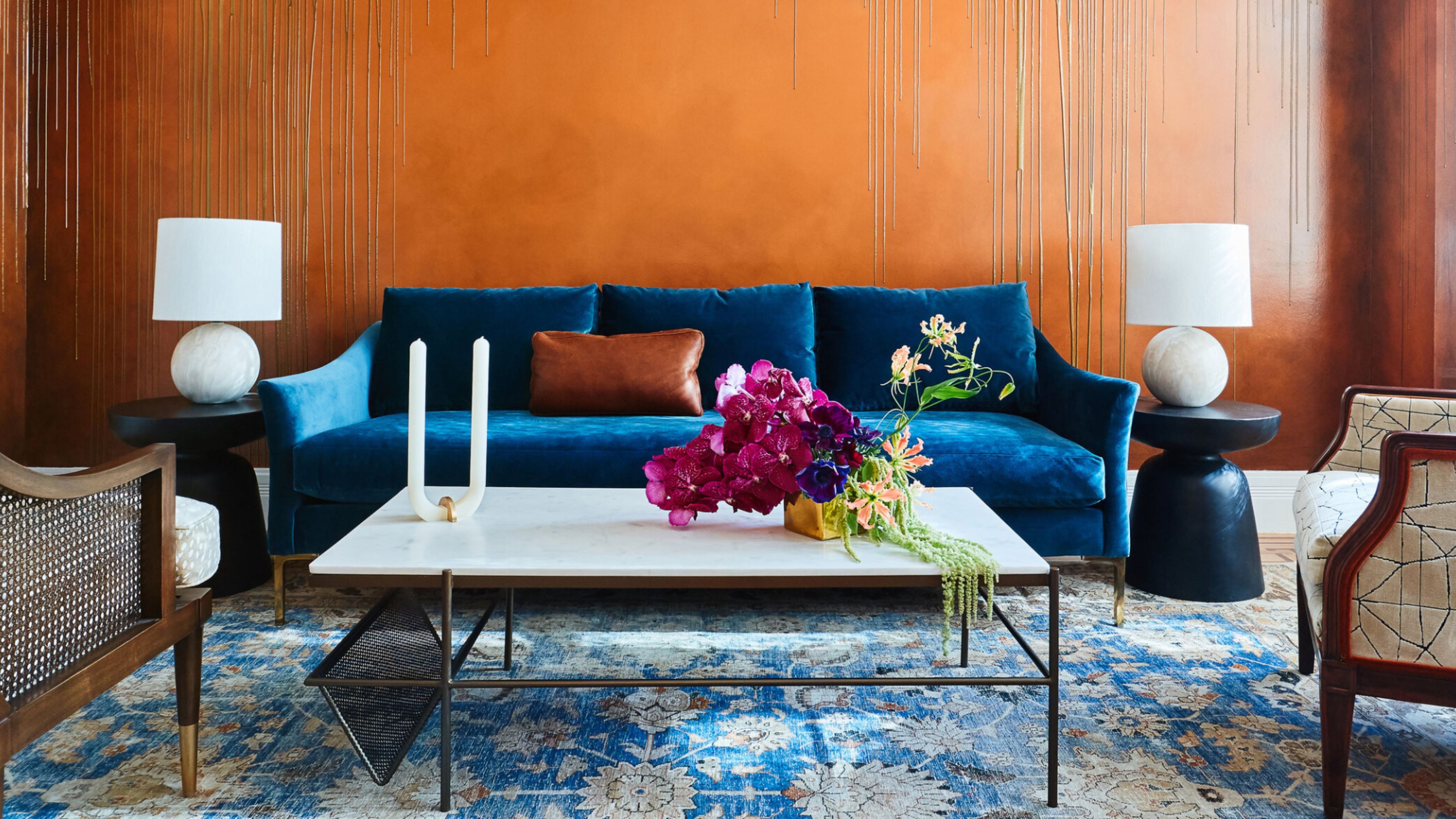 8 Blue And Orange Living Room Ideas Where "Enveloping And Transformative" Is the Mood
8 Blue And Orange Living Room Ideas Where "Enveloping And Transformative" Is the MoodA blue and orange scheme for living rooms may sound jarring, but these spaces prove they're striking, vibrant, and certainly unforgettable
By Camille Dubuis-Welch Published
-
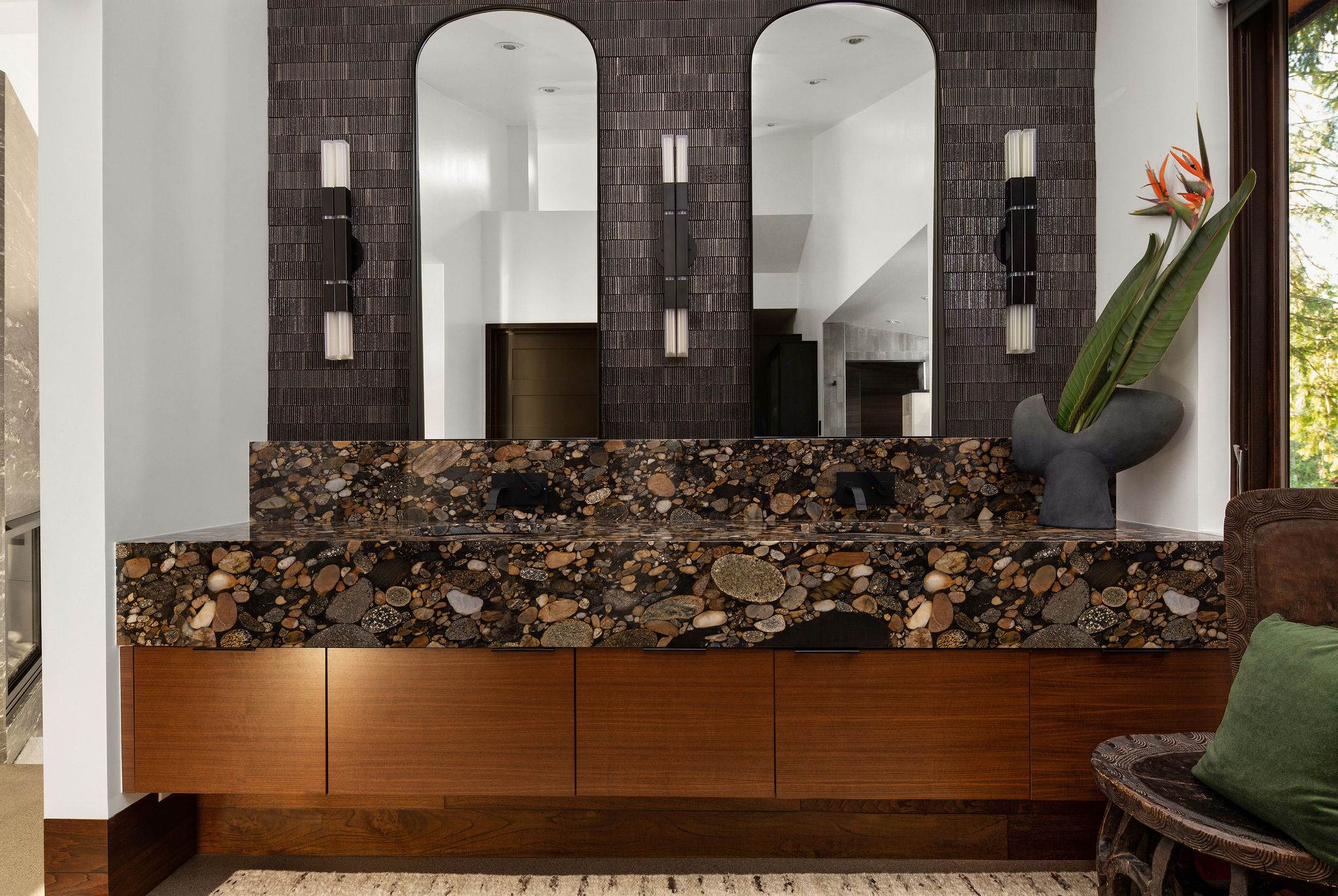 How to Make a Bathroom Look More Expensive — 5 Simple Upgrades That Will Elevate Your Space Instantly
How to Make a Bathroom Look More Expensive — 5 Simple Upgrades That Will Elevate Your Space InstantlyIf you're on a mission to create an elevated, luxe-feel bathroom on a budget, our experts are here to help
By Maya Glantz Published
-
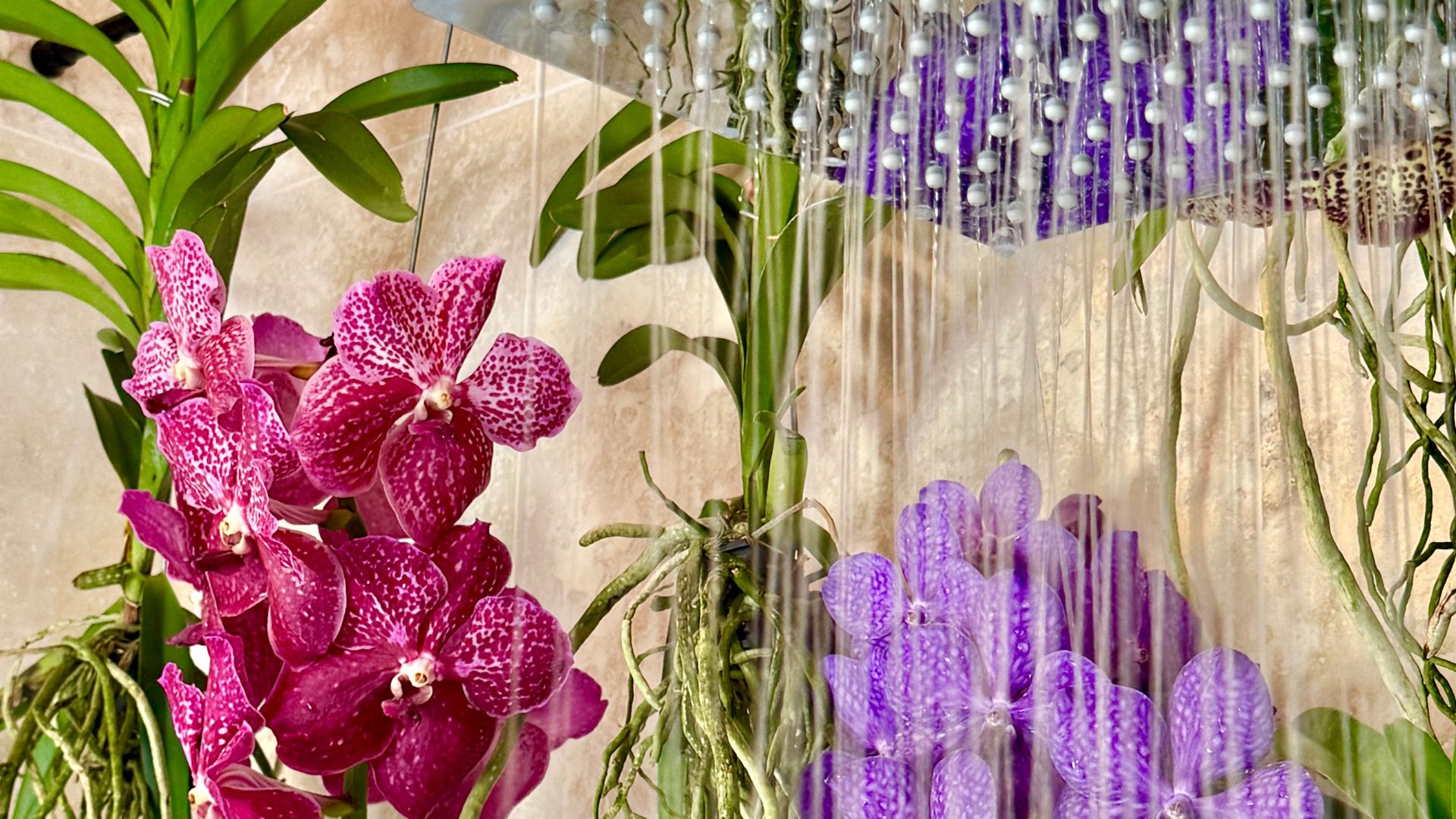 Orchids in a Bathroom? This Plant Stylist Has a Clever Trick for Bringing This Beautiful Bloom Into the Space
Orchids in a Bathroom? This Plant Stylist Has a Clever Trick for Bringing This Beautiful Bloom Into the SpaceIf you're looking for inspiration to create a wellness-inspired bathroom, this clever DIY should be on your mood board. Spoiler alert: it features orchids.
By Amiya Baratan Published
-
 7 Ideas of What to Do With That Extra, Awkward, Underutilized Space You've Got in Your Bathroom
7 Ideas of What to Do With That Extra, Awkward, Underutilized Space You've Got in Your BathroomFound yourself with a little surplus bathroom space? Here are the best ways to put it to good use
By Natasha Brinsmead Published
-
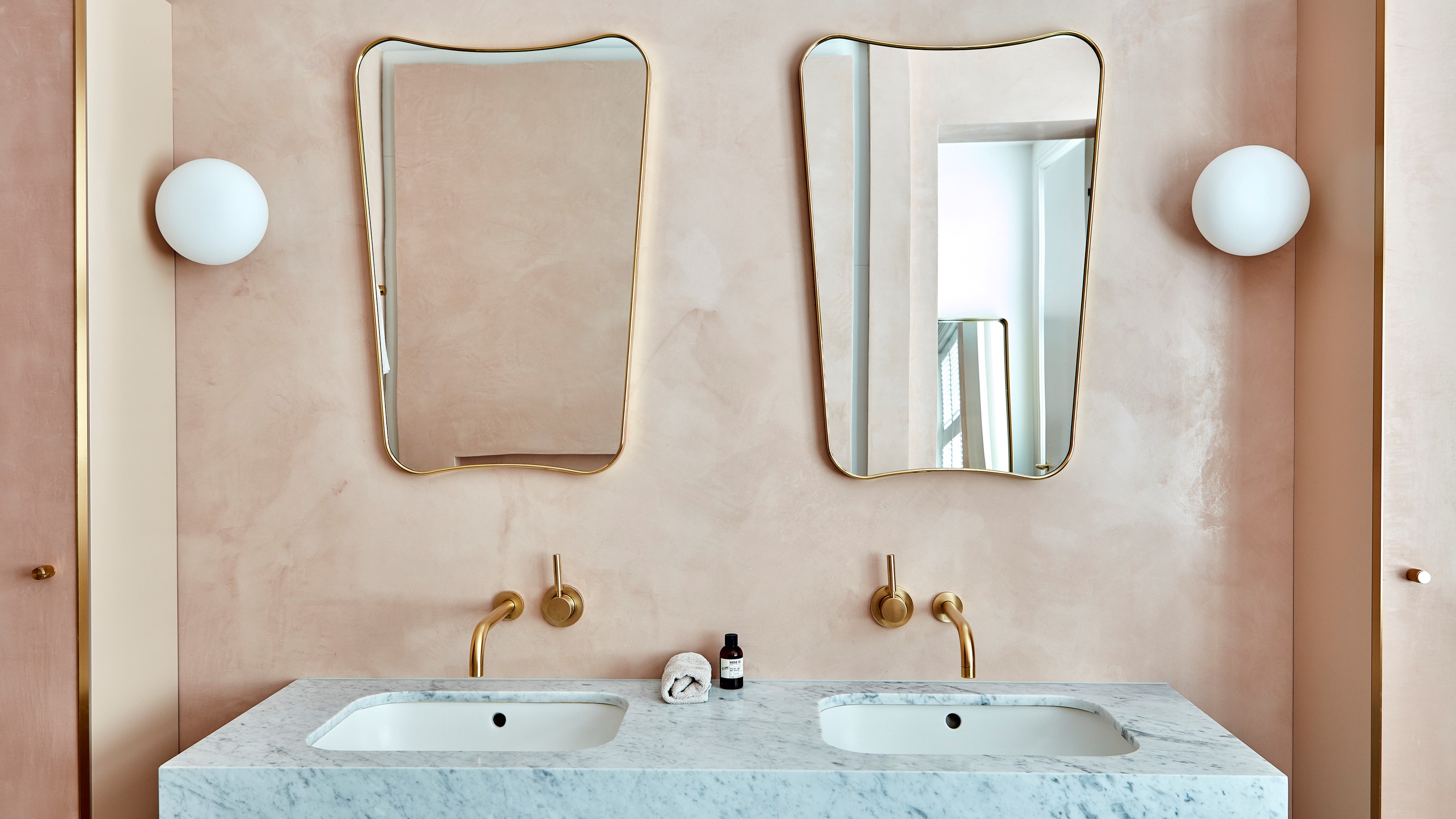 4 Bathroom Colors That Are Going Out of Style in 2025 — Don't Say We Didn't Warn You
4 Bathroom Colors That Are Going Out of Style in 2025 — Don't Say We Didn't Warn YouIf you're redecorating your bathroom this year, our design experts suggest you avoid these outdated colors
By Maya Glantz Published
-
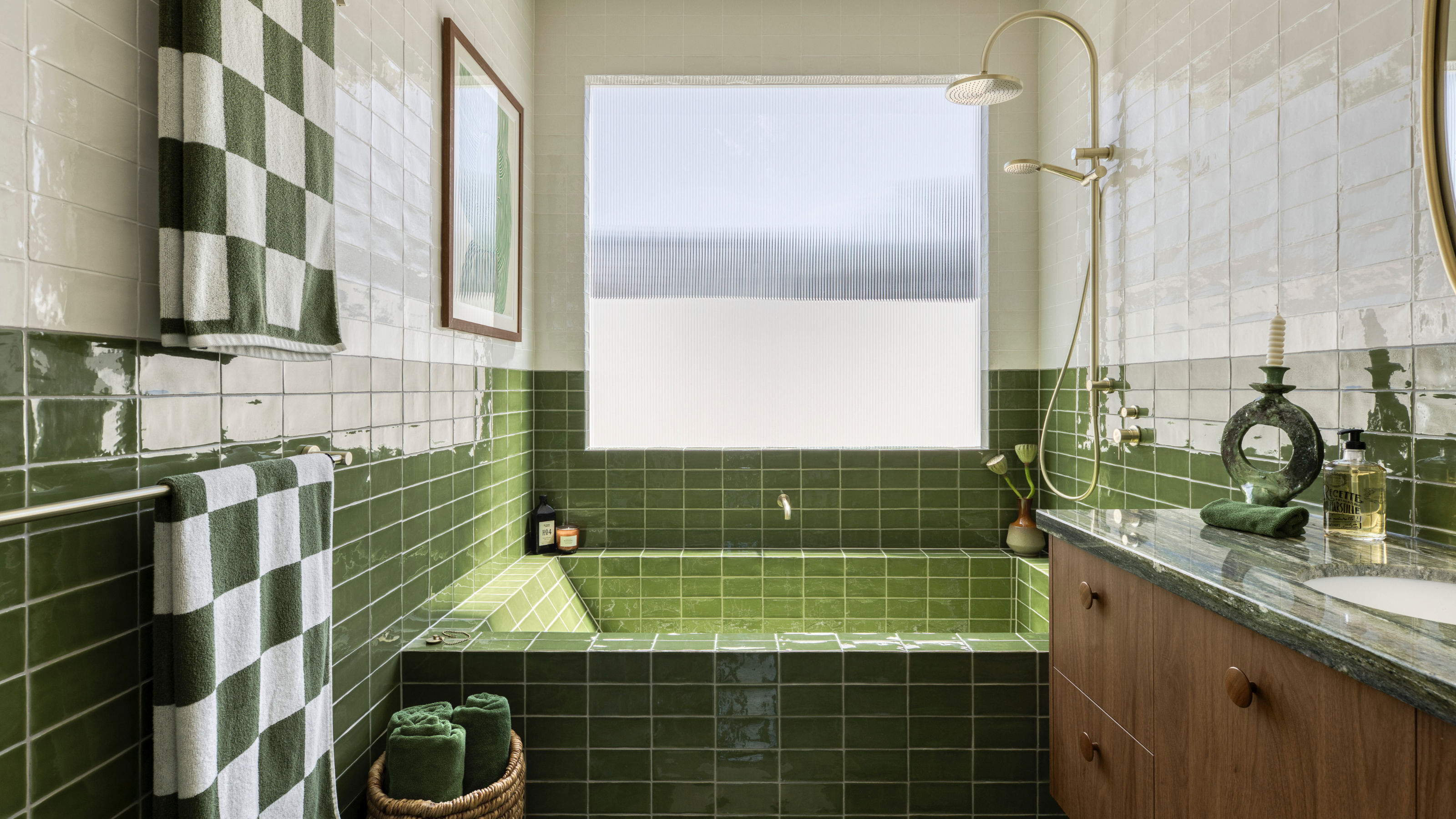 The Avocado Bathroom Is Back — But Will This 70s Revival Date So Badly This Time Around?
The Avocado Bathroom Is Back — But Will This 70s Revival Date So Badly This Time Around?On toast, in a salad, or on the walls of your bathroom - how do you take your avo?
By Maya Glantz Published
-
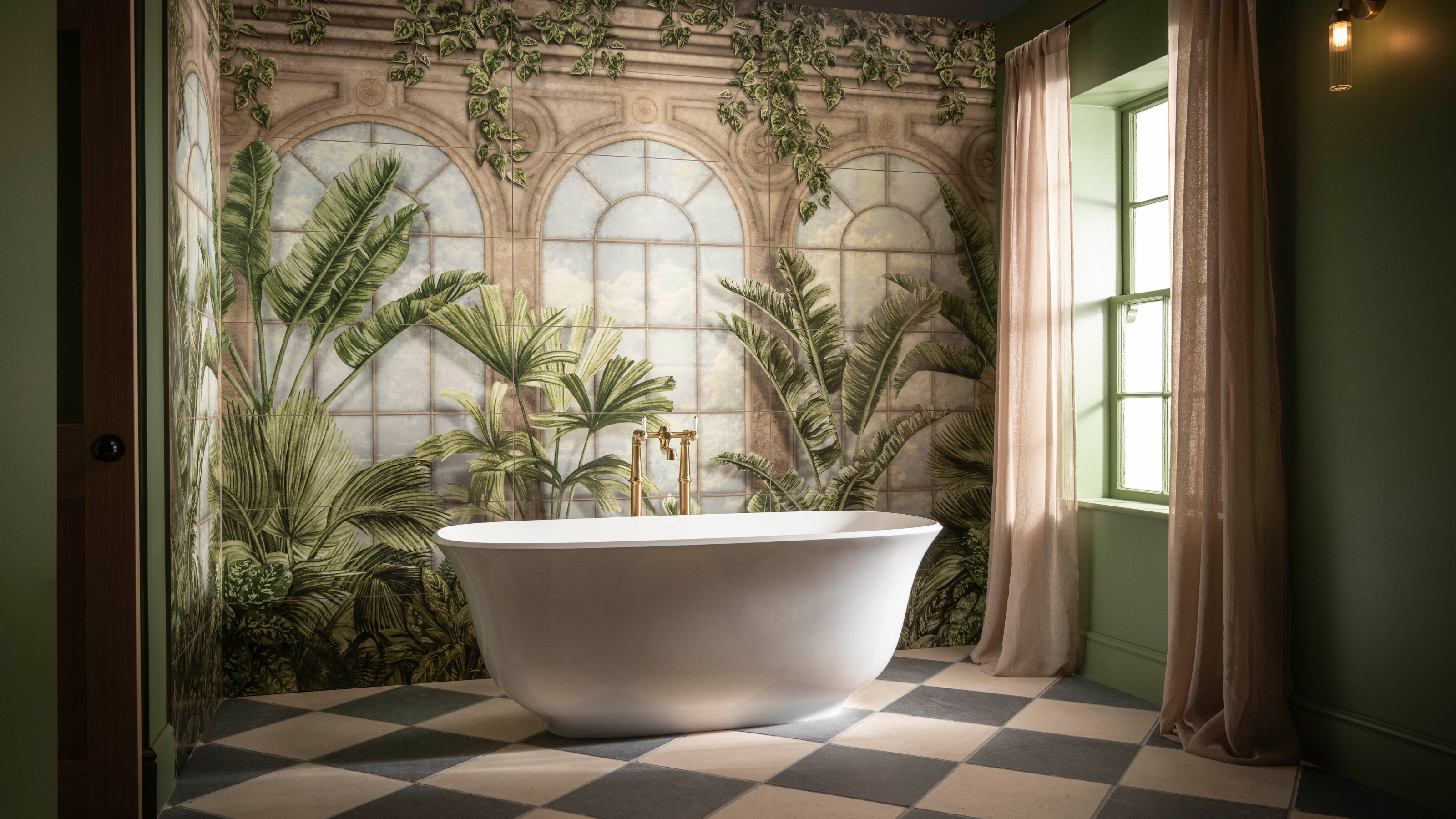 I've Been Obsessing Over Bathroom Tile Murals — Here's How They Work, and How You Can Get the Look Easily
I've Been Obsessing Over Bathroom Tile Murals — Here's How They Work, and How You Can Get the Look EasilyIf you're looking for an eye-catching feature for your bathroom design, mural tiling is the answer
By Maya Glantz Published
-
 5 Problems With Heated Towel Rails People Never Talk About — And Whether They're Worth It in a Bathroom
5 Problems With Heated Towel Rails People Never Talk About — And Whether They're Worth It in a BathroomA toasty towel at the end of your shower is like wrapping yourself in a warm hug, but heated towel rails can have a host of hidden problems that aren't so comforting
By Lilith Hudson Published
-
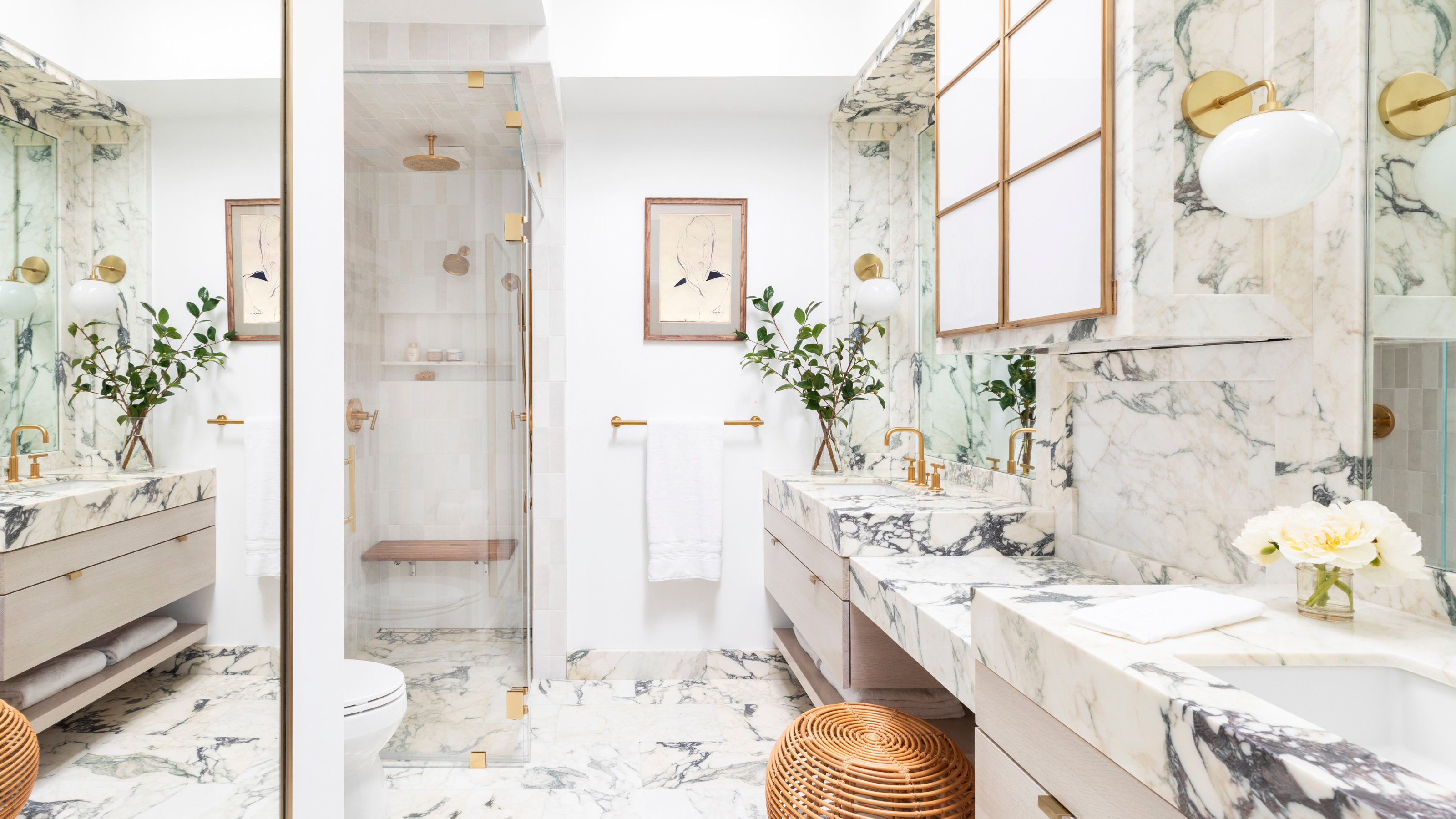 5 Bathroom Flooring Mistakes That Will Ruin Your Scheme's Good Looks and Make It a Nightmare to Use
5 Bathroom Flooring Mistakes That Will Ruin Your Scheme's Good Looks and Make It a Nightmare to UseYour floor tiling can transform your bathroom, but not always for the best. These are all the slip-ups experts want you to avoid
By Maya Glantz Published